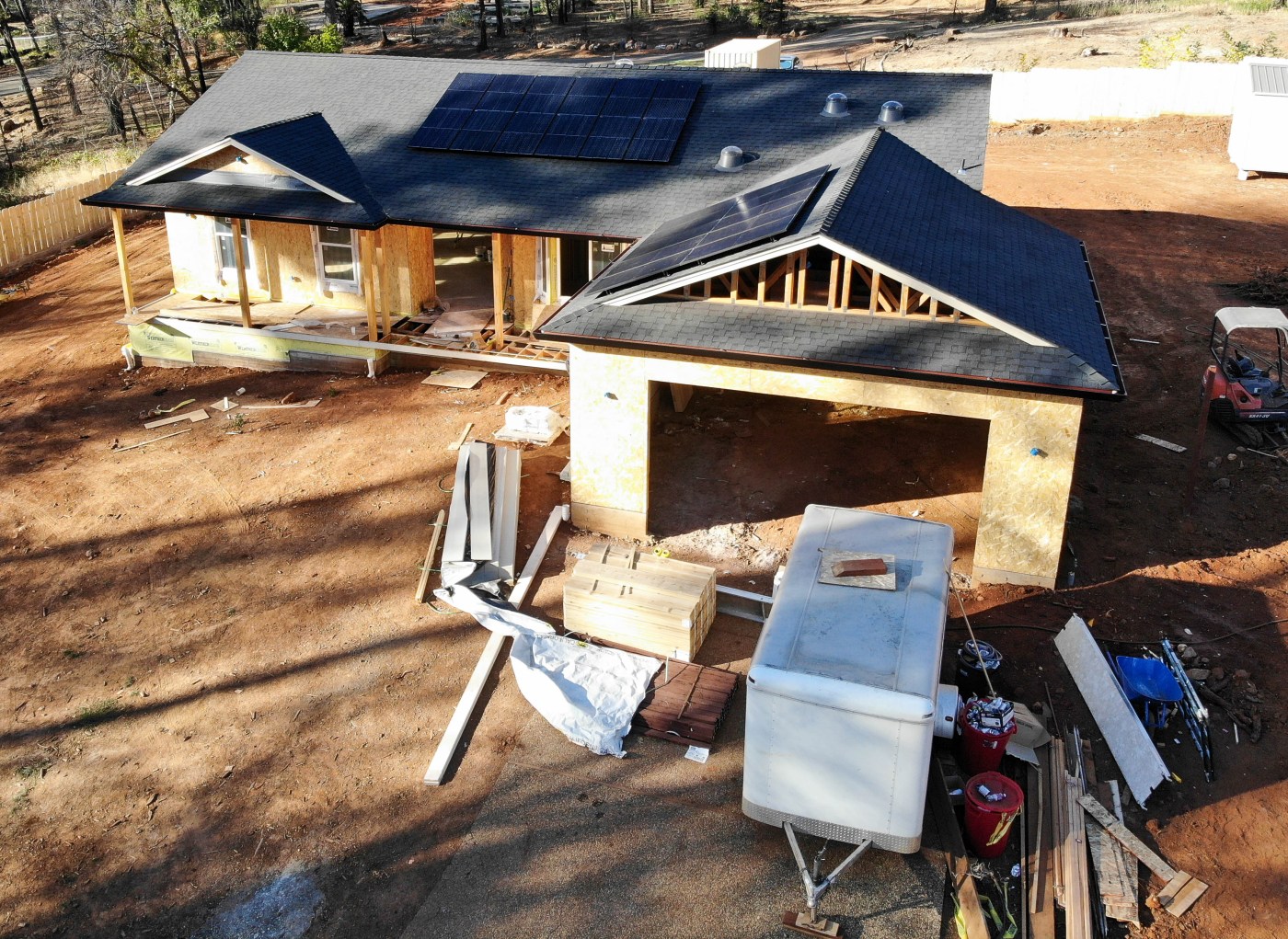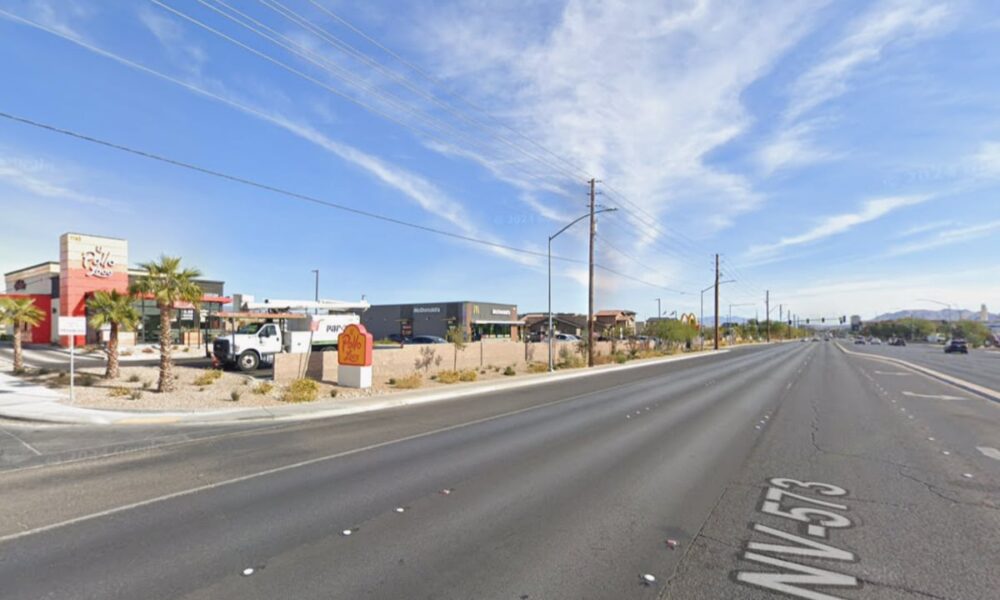UPDATE: The town of Paradise is experiencing a remarkable revival following the devastating Camp Fire, with its population surging to an estimated 11,088 as of January 2025, marking a recovery to approximately 40% of its pre-fire population of 26,500. This transformation has been confirmed by Colette Curtis, Paradise’s recovery and economic development director, who emphasizes that the town is now California’s fastest-growing city.
Since the catastrophic fire in 2018, which caused a steep decline in residents, the landscape of Paradise has changed dramatically. Curtis, who has led much of the rebuilding efforts since stepping into her role in July 2021, noted that the influx of new residents is shifting the demographic profile of the town. “For the first two or three years after the fire, we mainly saw returnees, but the majority of new residents now are first-time movers to Paradise,” Curtis stated.
The growth is not just in numbers; the community is becoming younger. Curtis reports that the school population has rebounded to about 50% of its pre-fire size, indicating a surge in families moving to the area. “We’re seeing a lot more kids here than before,” she added, highlighting the urgent need for new educational facilities, including plans for a new elementary school due to overcrowding.
Housing demand has surged alongside population growth. Since 2019, the town has processed 3,634 applications for single-family homes, with 2,968 completed and ready for occupancy. Despite the increasing housing stock, home prices have risen sharply from an average of $325,000 before the fire to around $454,000 today, challenging affordability for many residents.
While the housing market is expanding, residents face significant barriers related to insurance. Curtis pointed out that most homeowners are relying on California’s Fair Access to Insurance Requirements program due to high premiums and limited availability in the private market. “As insurance rates have gone up and availability has become more difficult, we’ve seen homes fall out of contract because insurance quotes are higher than mortgage payments,” she explained.
The economic landscape has shifted as well. With the local Adventist Health Feather River Hospital closed post-fire, the school district has emerged as the largest employer in Paradise. Curtis noted that about 350 businesses have reopened or established operations since the fire, fostering a sense of recovery and resilience within the community.
However, the rebuilding has not come without challenges. Infrastructure improvements, including road repairs funded by federal assistance, are expected to be completed by the end of 2026. Curtis warned, “It’s a lot of construction, a lot of roadwork, and it’s difficult for residents during this phase.”
As Paradise continues its recovery journey, the community’s commitment to resilience is evident. Curtis emphasized the importance of building to higher standards for fire resilience, aiming for a safer environment that could ultimately influence insurance rates. “Our homes are built to the highest building standards in California, but that doesn’t always translate to lower rates,” she concluded.
With the rapid growth, infrastructure upgrades, and a revitalized community spirit, Paradise stands as a testament to recovery and renewal in the wake of tragedy. Residents and newcomers alike are shaping a new chapter for this resilient town, making it a focal point of interest for those looking to understand the dynamics of recovery after a disaster.







